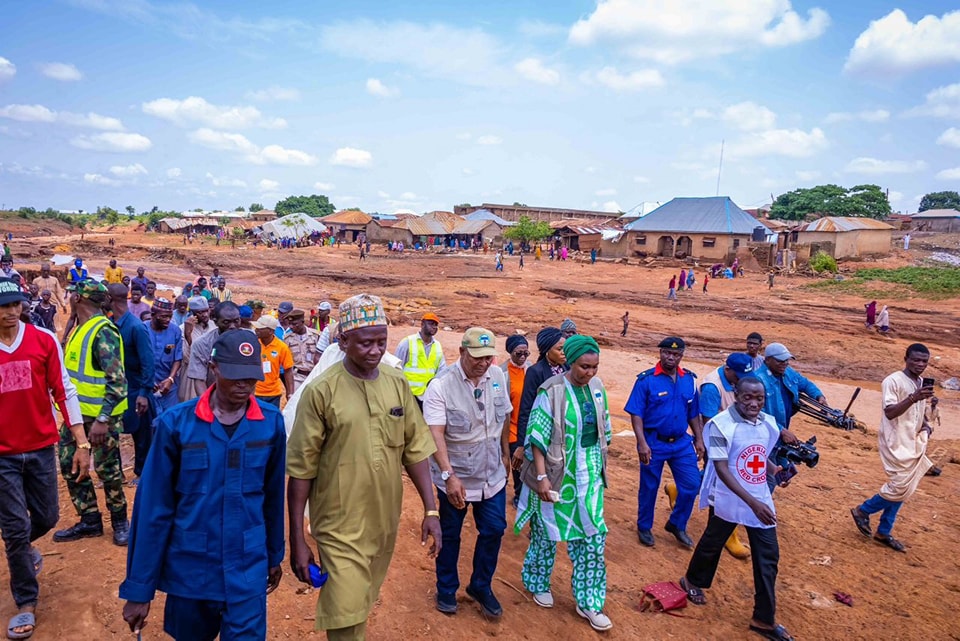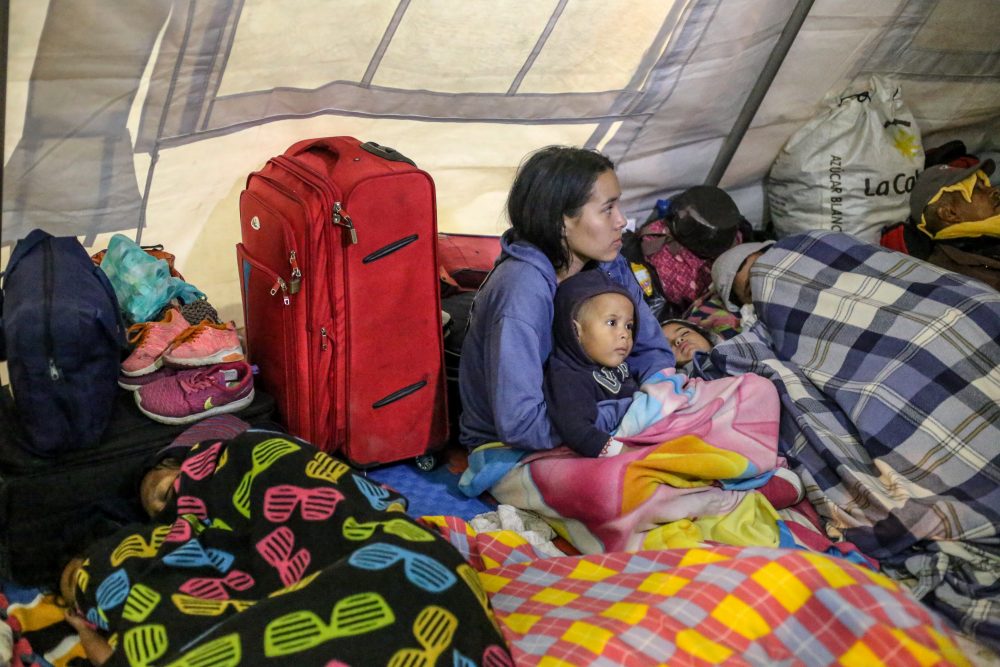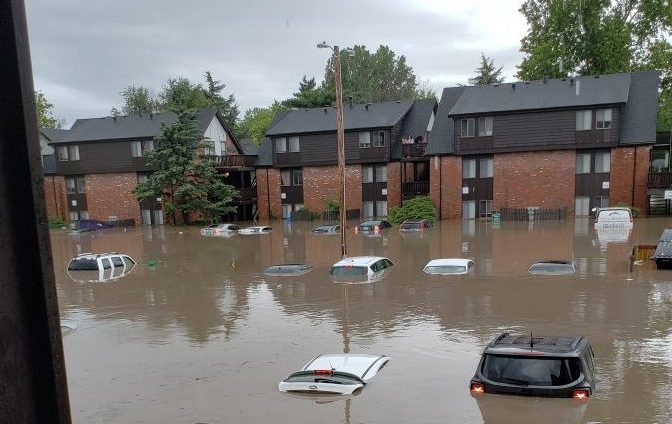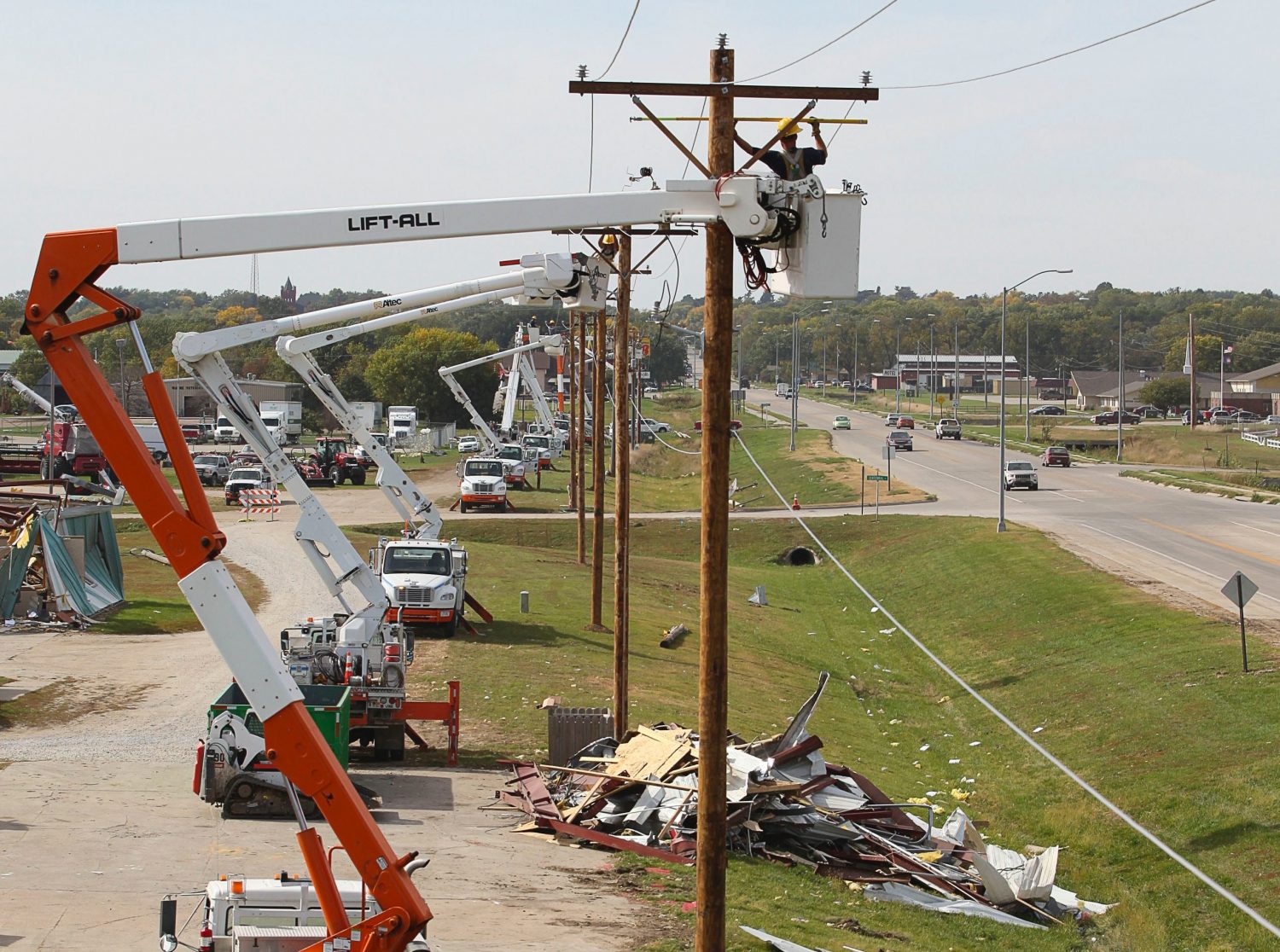How donors can help Nigeria’s flood survivors

Torrential rains in Mokwa Town, central Nigeria, on May 29-30 caused extreme flooding, which killed over 200 people, with hundreds still missing. Floodwaters also caused widespread destruction of homes and businesses and displaced thousands of residents.
As we continue to learn more about the flood’s impact, it’s clear that survivors have immediate and long-term needs as communities strive to rebuild from the devastation. There are a variety of ways that donors can help support them on the long road to recovery.
Key facts
The floodwaters destroyed over 450 homes and affected more than 10,000 people. Farmland was washed away ahead of the lean season, and many businesses were lost. At least 3,000 people have been displaced.
A bridge that connects the community to two schools collapsed in the flood, and children now rely on paddlers to ferry them across a swollen river in canoes. The children can’t get to school if the boats don’t come.
In context
It has been 60 years since the Mokwa Town community experienced such severe flooding, but Nigeria had significant flooding in 2022 and 2024. Flooding in Nigeria has increased in recent years due to climate change, poor drainage infrastructure and unregulated construction.
The rainy season in this region of Nigeria began in March and will last until November.
Areas needing philanthropic support
Among the many critical needs that survivors are facing include:
- Hunger: According to the Food and Agriculture Organization, Nigeria’s hunger crisis is expected to increase to 30.6 million people in 2025. Displacement or loss of livestock and flooded croplands will reduce access to food and increase the risk of food insecurity. Funders can help by replacing seeds and livestock and supporting agencies providing nutritional support.
- Water, Sanitation & Hygiene (WASH): Rivers, latrines and wells have been flooded or polluted, making potable water inaccessible. This leaves communities at risk for waterborne diseases such as cholera. Funders can help by supporting infrastructure rebuilding or funding the distribution of water treatment supplies, soap and malaria kits.
"Never before have there been so many people in Nigeria without food." - Chi Lael, World Food Programme spokesperson*
How you can help
Here are ways that donors can help:
- Give cash. As with most disasters, experts recommend cash donations, which allow on-the-ground agencies to direct funds to the greatest area of need, support economic recovery and ensure in-kind donation management does not detract from disaster recovery needs.
- Support immediate and long-term needs to help survivors recover stronger and better withstand future disasters.
- Whenever possible, give to locally-led humanitarian and aid entities that are vital to long-term equitable recovery in communities after a disaster or crisis.
Donors may give to CDP’s Global Recovery Fund to help meet the ongoing and ever-expanding challenges presented by global crises. Or reach out to our advisory services at advising@disasterphilanthropy.org to explore disaster-giving strategies for your philanthropy or social impact program.
Resources

Emergency and Interim Shelter

Floods

